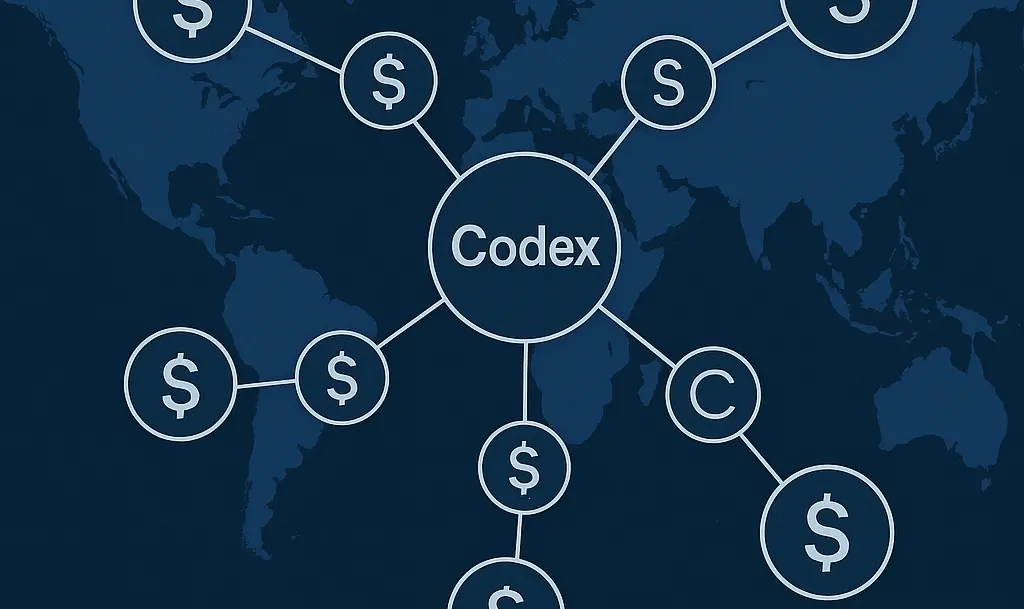Weekend Recommendation | Penetrating the X-To-Earn Ponzi Scheme; How to Create a Fairer Internet Using Web3?
Organizer: Gu Yu, Chain Catcher
1. “Penetrating the X-To-Earn Ponzi System: Finding Balance Between Finance, Team Control, and Utility”
This article argues that the Ponzi structure is a natural component of any X-to-earn system design, but some X-to-earn Ponzi schemes persist while others can't last even six months. Why is this the case? This article provides a detailed analysis of the inherent flaws and risks in X-to-earn system design.
In a bear market, market conditions are bleak. People can easily lose confidence and be driven by fear, opting for short-term investments. These impulsive decisions can come at a cost. Therefore, we must first determine what our goals are, what investment principles to follow, and what our portfolio management strategies should be. This article will provide strategic advice for beginner, intermediate, and advanced crypto traders to help readers position themselves optimally for the next bull market.
3. “In-Depth Analysis of Cipholio: A Discussion on ZKVM Solutions and Future”
ZK technology has long been difficult to discuss fully due to its complex terminology. This article will focus on analyzing ZK technology and its application scenarios from the perspective of ecological development, describing the current competitive landscape related to ZK, and envisioning future development directions. It will examine the development patterns and structure of gzkvm (generalized zk vm) from a technological development perspective and compare the main ZKvm technology solutions currently available.
4. “New York Times Feature | Crypto Tycoon SBF's Wish: No Pants, Write the Rules”
Sam Bankman-Fried is a "disheveled" billionaire who became wealthy by engaging in trades that are too risky for the U.S. market. Now he hopes Washington will follow his lead.
5. “NFT Cycle Rotation: Wild, Bubble, and Value Return”
NFTs have developed over about 10 years, evolving from initial artistic creations and thought experiments to a deep integration with the market in the past two years, gradually revealing the cyclical nature of the NFT market. Like traditional stock markets, the NFT market shows cyclical patterns even as overall market capitalization rises. This is reflected in the "heat cycle" primarily based on trading volume and the "speculation cycle" represented by the price curve of blue-chip projects.
6. “OpenSea Content Governance Dilemma: Starting from the Okay Bears Hot Clone Removal Incident”
This article provides a detailed analysis of the OpenSea removal of Not Okay Bears, allowing readers to clearly understand the background and consequences of the incident, as well as the rivalry between ETH and Solana supporters. The author then illustrates the controversial review standards of OpenSea by listing NFT projects removed due to its "lazy review" mechanism. The article concludes with a broader reflection: What kind of content governance is needed in the Web3 era?
7. “In-Depth Interpretation of Avalanche: From EVM-Compatible L1 to 'Subnet Pioneer'”
Avalanche, with its unique subnet design, can be viewed as both an EVM-compatible L1 and a heterogeneous network interoperability platform (similar to L0), with L2 also able to be built on Avalanche's infrastructure. Since its establishment in 2020, Avalanche has developed into a vibrant ecosystem, currently hosting over 500 Dapps and a total locked value exceeding $5 billion. This article discusses Avalanche's advantages and future challenges by comparing various data points with its competitors.
8. “Starting from the 'Veil of Ignorance' Theory, How Can Web3 Create a Fairer Internet?”
Web3 represents an opportunity to reimagine the internet and rebuild platforms based on new principles. However, to achieve this, we need to reach a consensus on the content and reasons behind these principles. We have seen that neither the Web2 internet nor the early iterations of Web3 ensured a free and fair competitive environment that benefits the most vulnerable. Rawls' principles of justice provide a useful starting point. Without fully understanding our positions, our goal should be to design a new system rooted in fairness and consideration for all.
9. “How Web3 and Virtual Humans Will Reshape Social Experiences”
Virtual humans are entities or characters that exist entirely in the digital realm, interacting through social media, games, and internet-native spaces, as well as holographic technology, bridging into our world. They include not only virtual avatars manipulated by humans using motion capture technology but also AI that fully virtualizes all perceptions.









